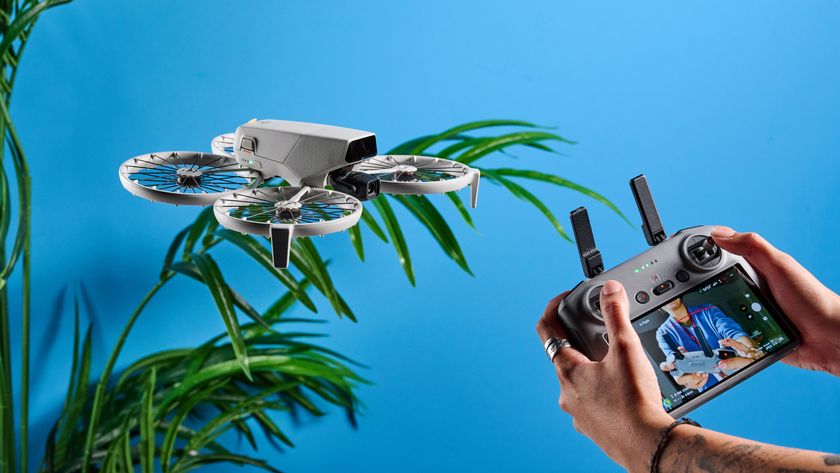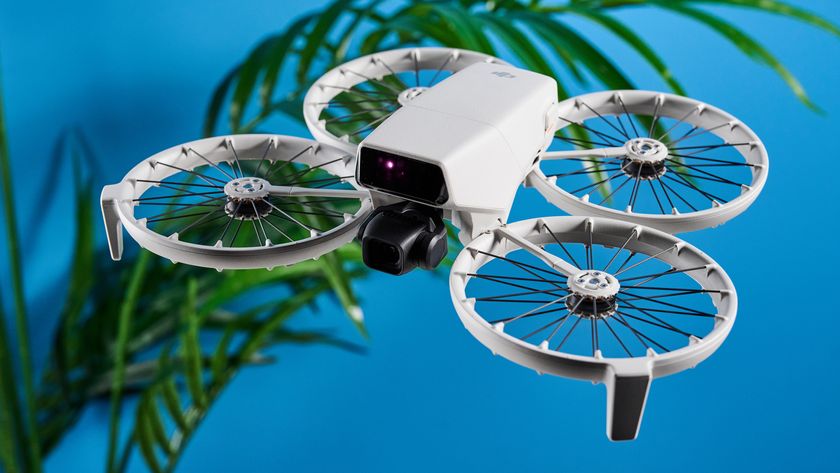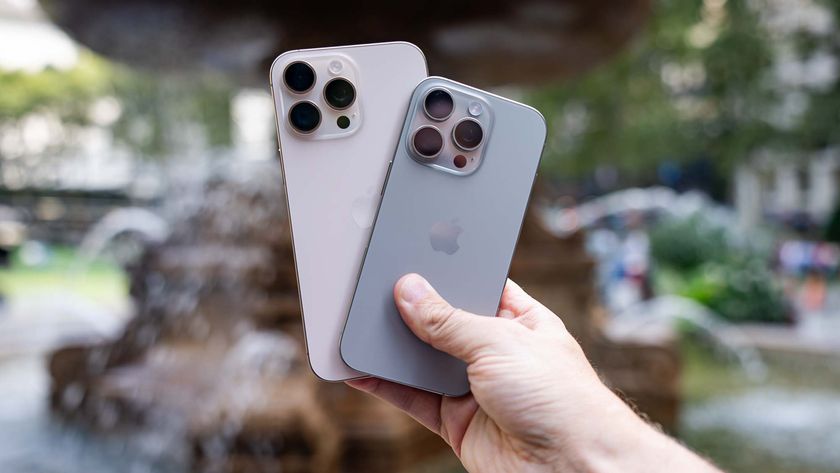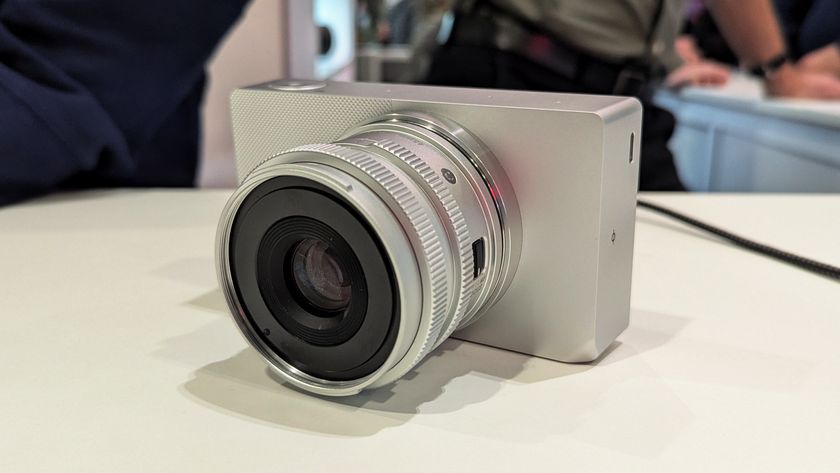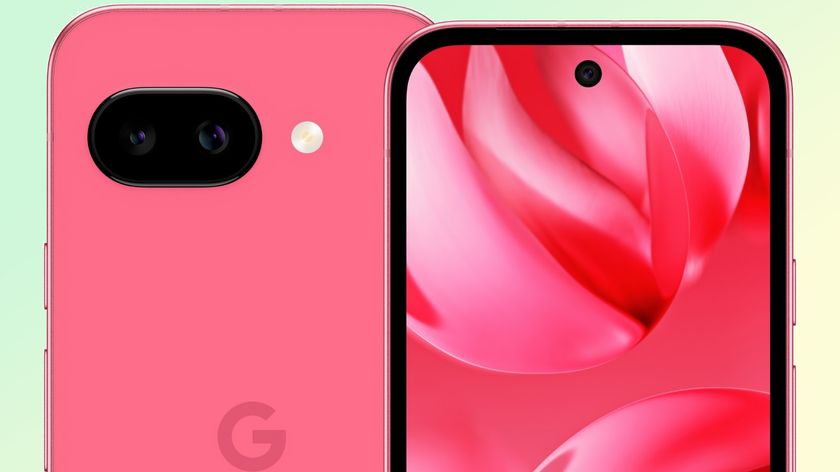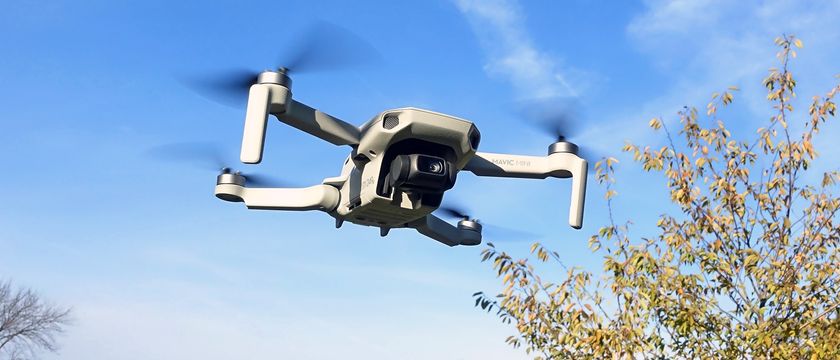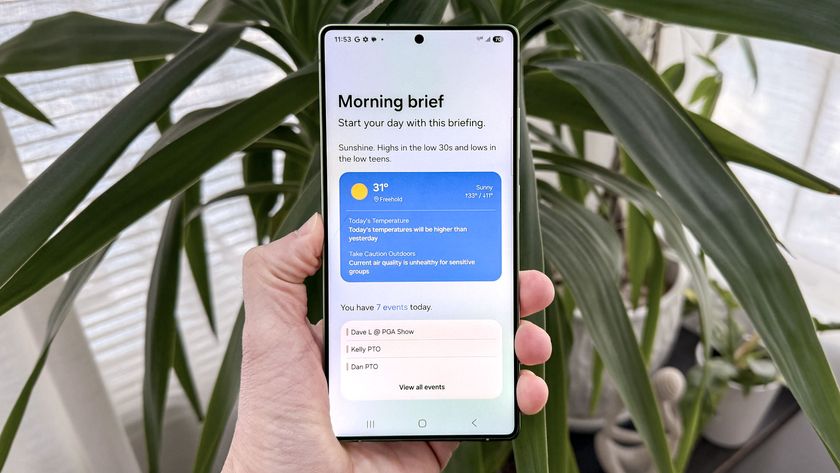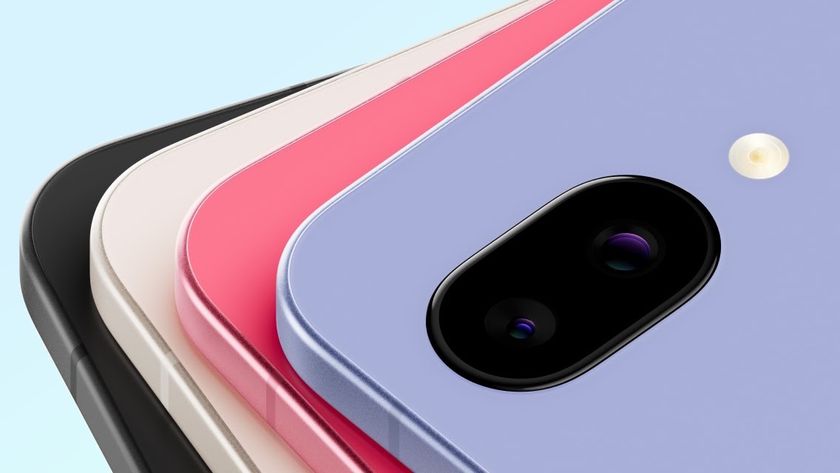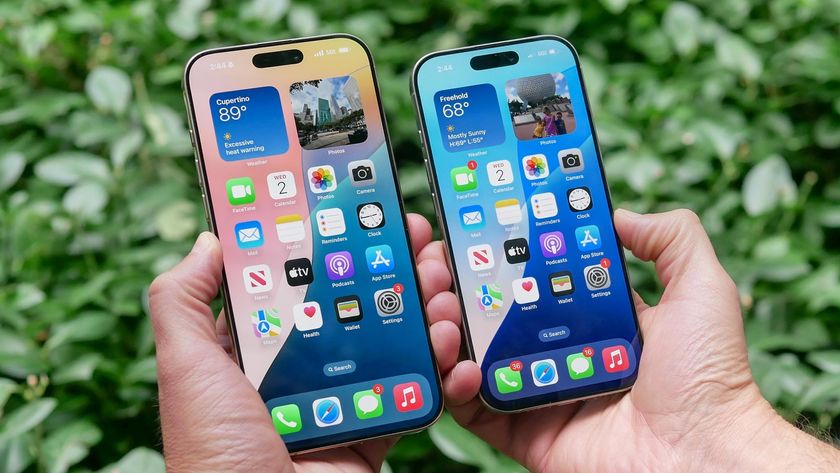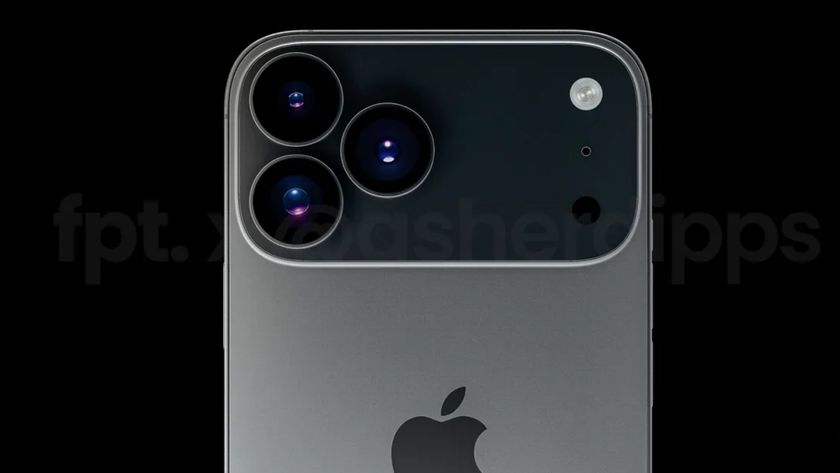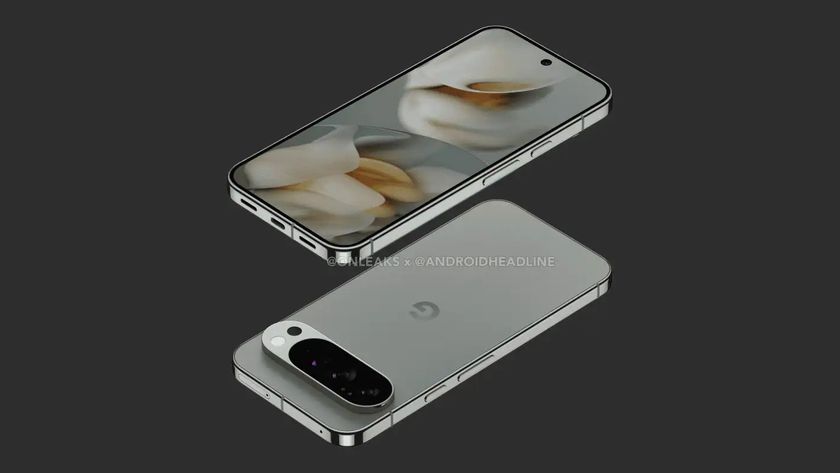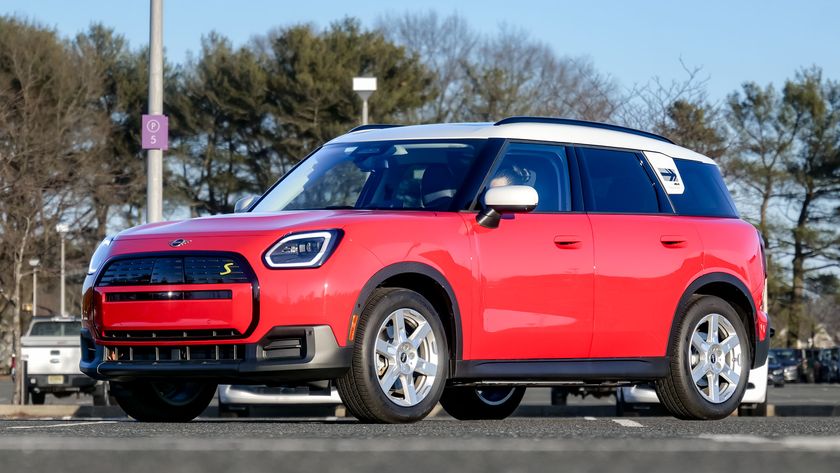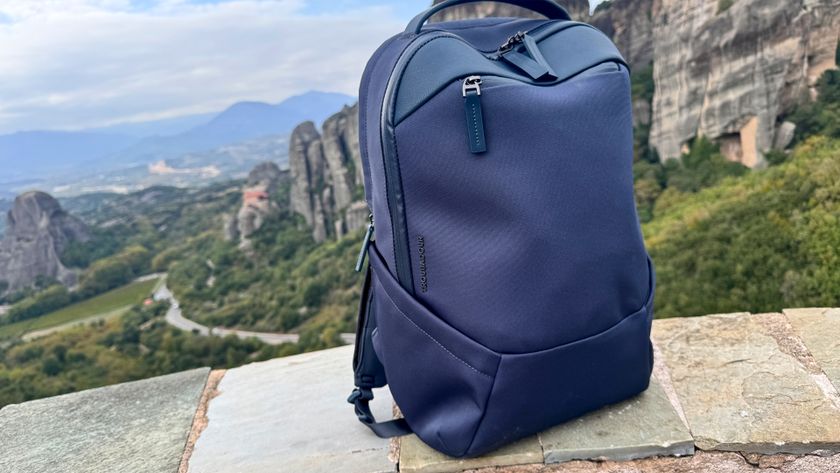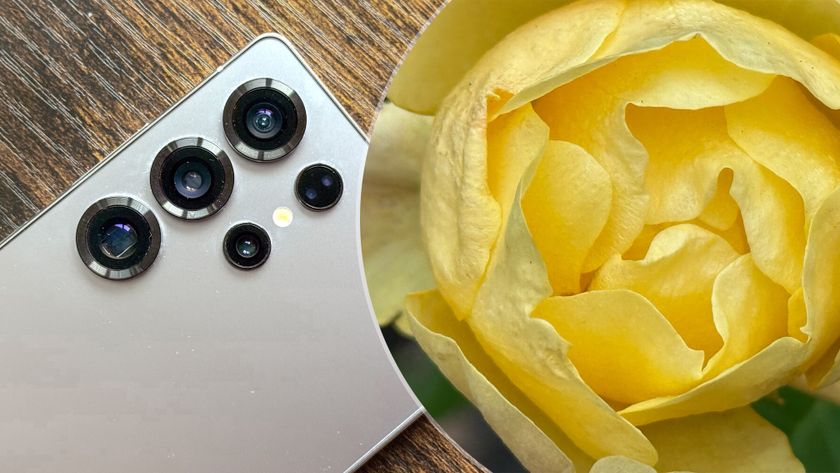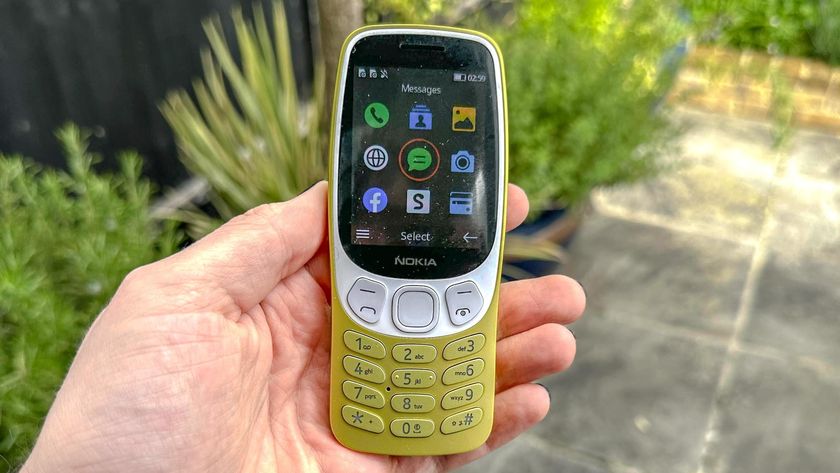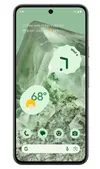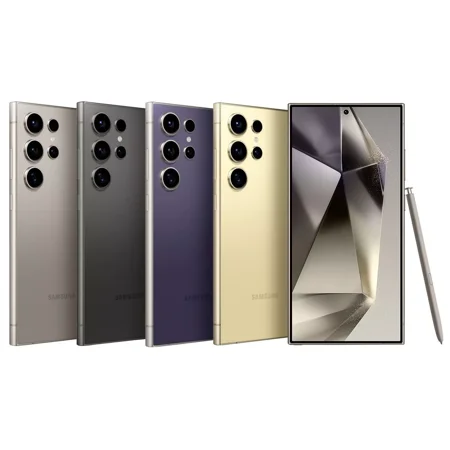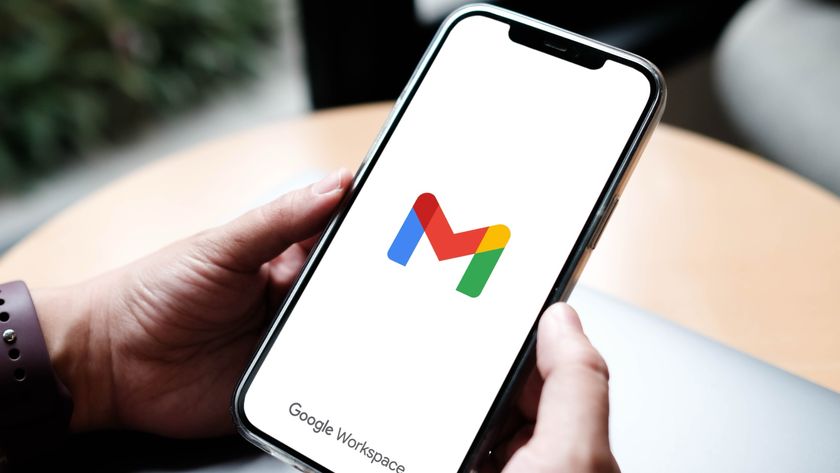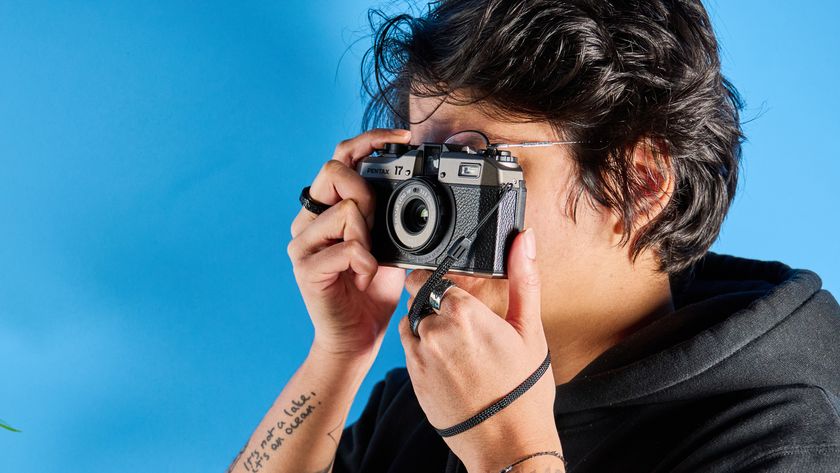Forget iPhone 16 Pro — what if DJI made a smartphone?
The drone maker could be a serious contender
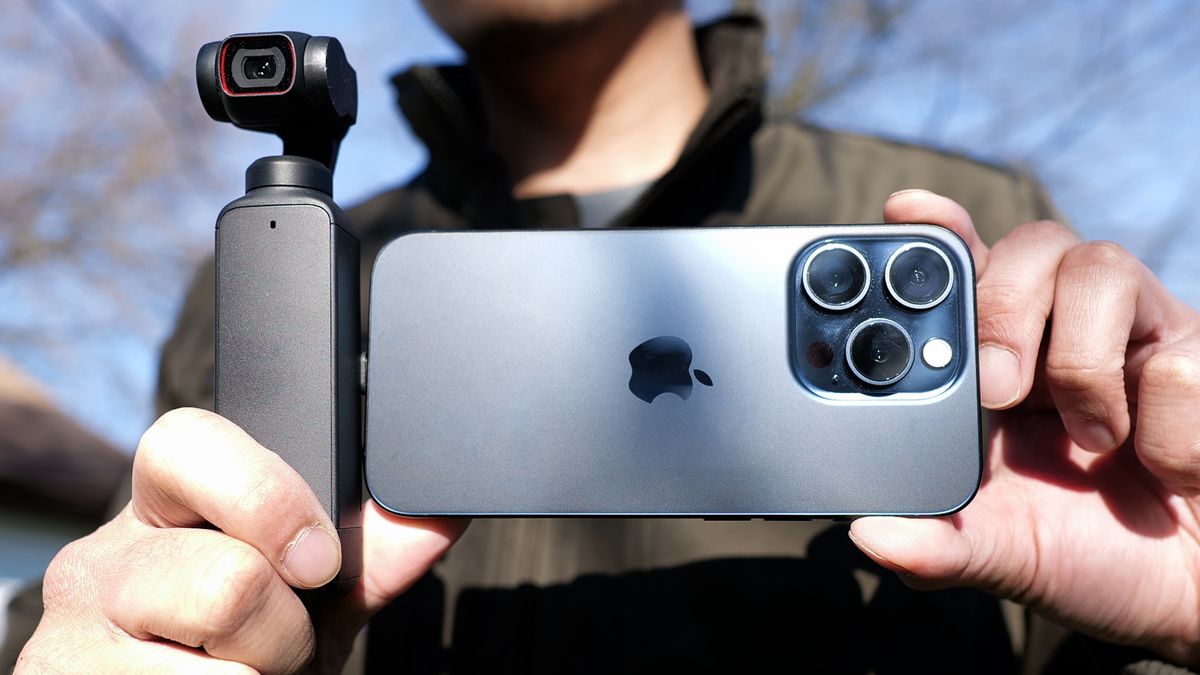
DJI is one of those companies that keeps on surprising me. It’s built a reputation around making the best drones for nearly the past decade, proving to me that there’s no other equal that comes close to matching its innovations in that area. Yet, I’m often finding myself at times asking the question: what if it DJI made a smartphone?
Everyone loves a good camera phone. I’d argue that it’s the feature people look at most when they’re looking to upgrade their handset, so a phone’s success depends heavily on how its camera performs. Today’s best camera phones have a lot in common, like their excellent dynamic range and incredible utility, but I think DJI could quickly become a dark horse in the phone industry — especially when I look at the company's track record of competing in new product categories.
Unlike Red and Panasonic — two camera companies I remember failing miserably with their attempts to broaden their offerings with devices like the Red Hydrogen One and Panasonic CM1 — I think DJI could have a more successful run in the smartphone market. I'm stoked about what the iPhone 16 Pro has in store for later this year, but Apple, Samsung, and Google had better watch out because a DJI smartphone could be an ambitious one that could have wide appeal to content creators.
Here’s why and how DJI could build a smartphone.
A real point and shoot camera replacement
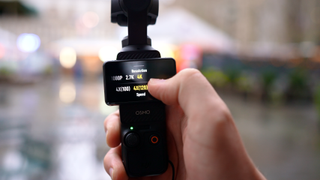
I’ve been arguing for years now how today’s best phones have effectively made point and shoot cameras obsolete. But when I look at the success of the DJI Osmo Action 4 at being a serious competitor in the action camera world, I think it could be the foundation to a successful smartphone. That’s because the hardware and camera experience could quickly be fashioned into a smartphone.
In our DJI Osmo Action 4 review, we found the 1/1.3” camera sensor delivers outstanding video performance that keeps 4K footage incredibly stabilized when there’s a lot of movement. By using an even larger sensor paired with a wide field of view, DJI could essentially use the same pixel binning techniques that phones like the iPhone 15 use with great effect — to deliver optical quality zoom with its main camera in order to mimic a dedicated telephoto camera.
Over on the video side, a DJI smartphone could satisfy the growing demands of enthusiasts by offering manual controls for photos and video, along with a flatter color profile to give video editors better color grading in post. If that’s not enough, there’s also the novelty of the DJI Pocket 3’s gimbal that makes me wonder if it could be miniaturized in such a way to deliver even more stability — something to the same degree as the gimbal-stabilized camera found in the Asus Zenfone 11 Ultra.
Sign up to get the BEST of Tom's Guide direct to your inbox.
Get instant access to breaking news, the hottest reviews, great deals and helpful tips.
Focusing on the audio recording quality
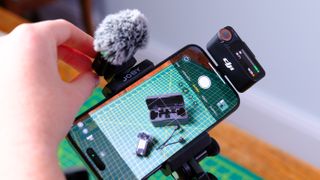
Another DJI gadget that I’ve spent a great deal of time using is the DJI Mic 2. I’ve always thought of DJI as a drone company first and foremost, but I’m astounded by how it’s able to quickly venture into a new product category and become a leader in it. The first DJI Mic and Mic 2 are proof of this, as they’ve replaced my Rode wireless microphones thanks to their quality, performance, and added utility of making it incredibly easy to get excellent sounding audio with my videos.
For example, consider how the DJI Mic 2 simultaneously records two different audio recordings. In addition to recording the main audio track, there’s a second audio track that’s recorded at -6dB alongside it — just in case the main audio recording is peaking too much in noisy environments. It’s this kind of forward thinking that proves to me how DJI's products are meticulously developed with users in mind.
If DJI makes a smartphone, it could easily leverage the DJI Mic 2 to make the audio in my video recordings even better. For example, I would love it if the DJI phone could also act as a receiver to give me a total of four channels for audio. Since the DJI Mic 2’s receiver can support up to two transmitters, by connecting it to a DJI smartphone, it could support a total of four. This would be wonderful in situations when you’re podcasting with other people, or simply interviewing more than one person.
Being a drone complement

The most outrageous way for DJI to build a smartphone is to make one that doubles as a drone. Am I right? Given how the company is uncontested in this space, you’d think this would be a natural fit — but I don’t think it’s practical. There’s just this terrifying thought of seeing my phone go up into the air and crashing into a thousand pieces if something went wrong, so I’d be out both a drone and phone all at the same time.
Instead, the logical thing would be for this theoretical DJI smartphone to complement the company's existing drones. It would have to be different in such a way because currently most DJI drones are piloted by connecting a smartphone into a remote. So that’s why I think a DJI phone could act as an audio source while recording video with a DJI drone. I’ve flown many recent drones, like the DJI Mini 4 Pro, but there’s been only one that records audio — the DJI FPV. However, it’s unusable because it picks up the shrill sounds of the propellers and nothing else.
The DJI phone ould be a source that records audio more clearly — which could then be synchronized with the drone’s video recording. This would be a much easier solution than recording the audio separately on another device and then adding it later in post to the video. I’m all for simplicity and convenience, so this is just one way a DJI smartphone could complement how I fly DJI’s drones going forward.
All of the product examples I’ve mentioned show how DJI could not only make a smartphone, but produce one that's ready to compete with other top devices. And that would force existing phone makers to reevaluate what it takes to make an excellent camera phone beyond just the usual hardware upgrades we get yearly.
More from Tom's Guide
- iPhone SE 4 leak just revealed the biggest design changes
- Samsung's Bixby is getting a big generative AI upgrade — what you need to know
- Samsung Galaxy Z Fold 6 Ultra now looks legit — here’s why

John’s a senior editor covering phones for Tom’s Guide. He’s no stranger in this area having covered mobile phones and gadgets since 2008 when he started his career. On top of his editor duties, he’s a seasoned videographer being in front and behind the camera producing YouTube videos. Previously, he held editor roles with PhoneArena, Android Authority, Digital Trends, and SPY. Outside of tech, he enjoys producing mini documentaries and fun social clips for small businesses, enjoying the beach life at the Jersey Shore, and recently becoming a first time homeowner.
